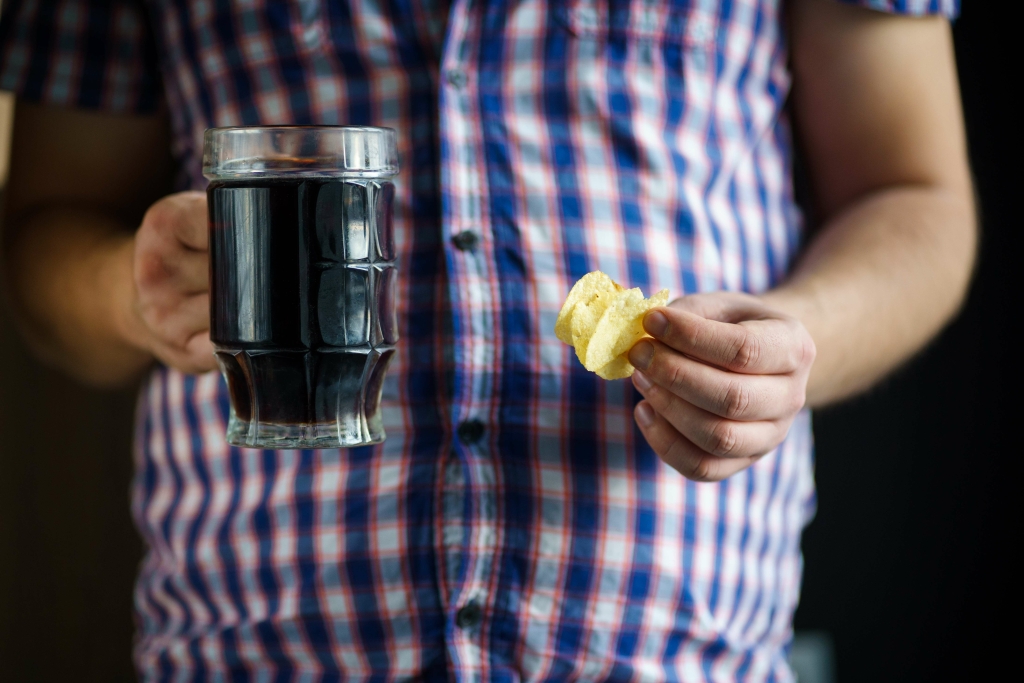Sober living rules place an emphasis on mutual respect, accountability, and skill-building, serving as a framework for both Halfway house individual and collective success. Sober living rules regulations are crucial in creating a harmonious living space, making it easier for residents to focus on their recovery goals. Sober living rules offer clear steps to guide residents through the recovery process, particularly during the transition from treatment to independent living. These guidelines align with the phased approach outlined in Rules 2 and 9 and are compared to treatment center practices in the Rules Comparison Chart. At the heart of any sober living home is a strict zero-tolerance policy on drugs and alcohol.
- Many people select a sober house as part of their healing process because this facility provides a drug-free space, comfortable conditions, and a community of like-minded people.
- A recovering individual can live in an Oxford House for as long as he or she does not drink alcohol, does not use drugs, and pays an equal share of the house expenses.
- Over time when you get more funding for your sober living house, it might mean you’re able to increase the number of services you offer to residents.
What Is a Sober Living House?
We’ve created this guide to help you create rules that will help your sober living home thrive. In many sober living homes and halfway houses, residents are generally permitted to https://ecosober.com/ have cell phones. However, rules regarding their use can differ widely based on the facility’s policies. In California, sober living homes are not subject to the same licensing requirements as residential treatment facilities because they do not provide medical or therapeutic services.
- Each member pays EES (Equal Expense Share) which includes the total amount of rent due for the month, utilities and basic staples for the house.
- These homes offer a safe and supportive space where residents can receive peer support, guidance, and encouragement from fellow residents who are also on a similar recovery journey.
- If it should come to physical blows usually the police are called and it is considered an assault.
- Regular group meetings give a chance to discuss problems and see various models of behavior.
- It has been found that by living in a male or female only environment, distractions are decreased.
This zero-tolerance stance provides the foundation for other structure-focused policies, such as curfews and daily schedules. Breaking this policy often leads to immediate eviction and rent forfeiture, though referrals to higher levels of care are typically offered. The core principles set by the National Association For Recovery Residences (NARR) are followed by individual standards that establish the minimum criteria for certification. Depending on the residence level, meeting each of the 31 standards across the 10 principles is required for certification. Theft is usually treated like a crime, police are called unless it can be settled internally.
Abstinence from drugs and alcohol
This daily schedule with set mealtimes, curfews, group meetings, and other activities is helpful for those who experience chaos and instability during their addiction. House managers or supervisors play a vital role in maintaining the structure and order of a sober living home. They ensure that house rules are followed, mediate conflicts, and provide support and guidance to residents.
What can One Expect in a Sober Living House?
View and download the latest House and Chapter Manuals, along with other forms used to conduct weekly house meetings. Each sober facility establishes its own schedule, which is obligatory to follow. Regular group meetings give a chance to discuss problems and see various models of behavior.
Every Sober Living House Rules: What to Expect “new resident” entering a DB House must adhere by any and all conditions of the new resident blackout period. DB House requires strict adherence to these conditions as well as all Rules & Guidelines. The easiest way to find an Oxford House is to use our vacancy locator at oxfordvacancies.com.
A sober house is a popular transitional place for living designed to support Halfway house individuals recovering from substance abuse as they work toward long-term sobriety. These facilities help people reintegrate into society after treatment, motivating them as they adopt healthier habits and routines. Remember, sober living house rules and regulations is about the structure for all residents that live there. It is important to ensure people understand there is a zero tolerance for any drug or alcohol use in your sober living house.
- This zero tolerance environment relieves you of any possible temptation that may risk your newfound sober lifestyle.
- Choosing a sober living home is ideal for those exiting rehab who need structure to maintain sobriety.
- The environment is structured to protect residents from triggers and cultivate habits that reinforce sobriety.
- Sober living house rules are meant to create a safe, structured, and supportive environment for people transitioning from addiction treatment to independent living.
We were supposed to do this in step 3 with the objective of understanding our problems, and in step seven, we ask God to remove them for us so that we may find healing and peace. In this step, we change our life to humility and allow the supernatural to use his ways to heal us. Fill out a quick form to connect with specialists and explore personalized paths to lasting recovery. Research indicates that 79% of residents find employment within six months, and 89% are either working or studying after a year 8. House managers log any incidents using the same tracking systems used for monitoring chores and other responsibilities 234.
You can stay as long as you like, provided you don’t use drugs and alcohol, are not disruptive, and pay your share of house expenses. Someone who’s spent time in a drug treatment program can look back and see how the chaotic effects of addiction wreaked havoc in his or her life. Addiction, in and of itself breeds a lifestyle of dysfunction that only works to support ongoing drug use. While staying in a sober facility, all clients are encouraged to work or study, as it helps them regain their independence. This gives them the opportunity to continue their careers and build the skills they’ll need in the future.
Basic Rules While you Live in a Sober Living Facility or Sober House
Eco Sober Houses have an excellent location, making it easier to enjoy public amenities nearby. The company provides high-quality housing services enabling individuals to adapt to a healthy life. Getting support from those with comparable experience is the most efficient way to transform one’s life. Living in a specialized establishment allows individuals to avoid returning to substance abuse and enjoy the support of their peers. In this detailed guide, we will analyze the main guidelines one should adhere to when living in a sober house and consider their main purpose.

